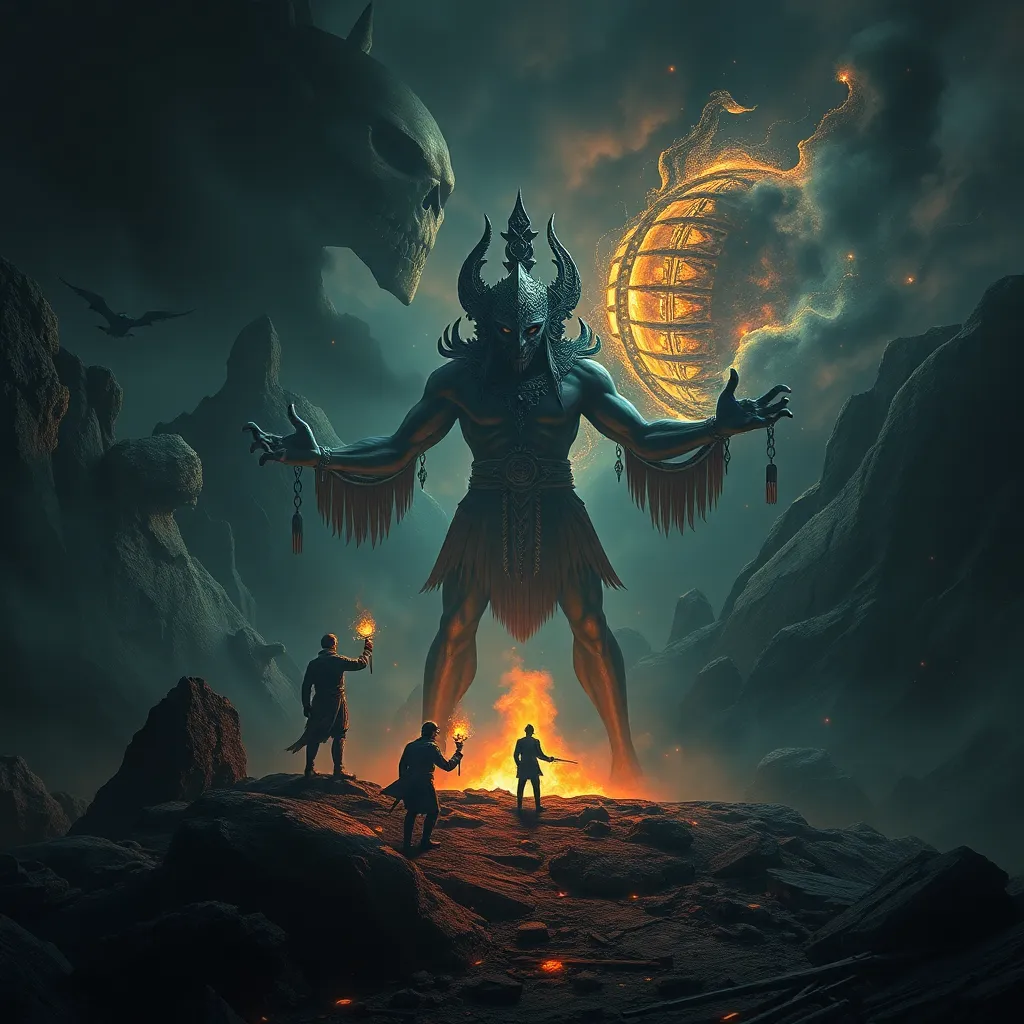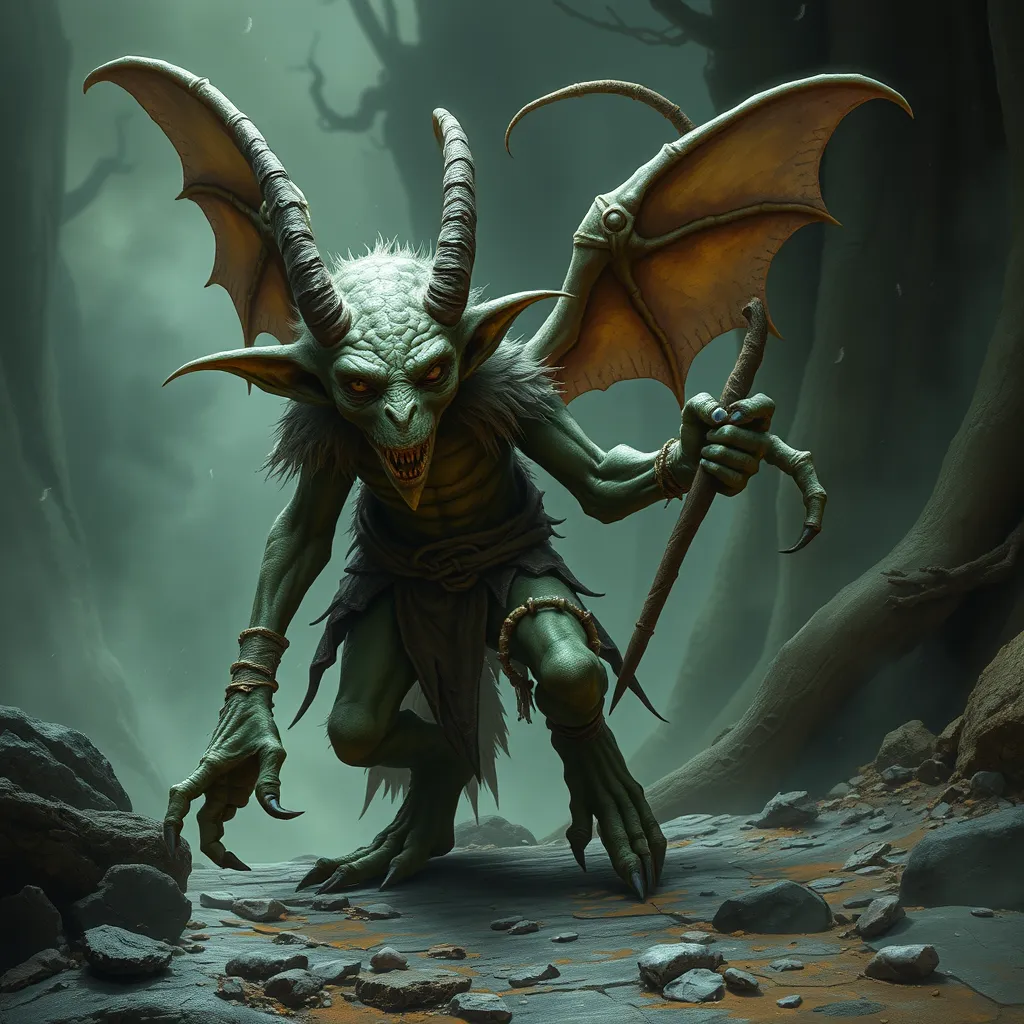Ah Puch’s Prophecy: The Foretelling of the World’s End
I. Introduction
Ah Puch, a significant figure in Mayan mythology, embodies the duality of death and rebirth. As the Lord of Death, he presides over the underworld, influencing the lives and beliefs of the ancient Maya. His presence is intertwined with the understanding of mortality and cosmic cycles. In many ancient cultures, prophecies held great importance, serving as warnings or guidance for future generations.
This article aims to delve into Ah Puch’s prophecy about the world’s end, exploring its implications and what it reveals about Mayan culture and contemporary society.
II. Understanding Ah Puch: The Lord of Death
Ah Puch is depicted as a skeletal figure adorned with symbols of death, such as bells and a skeletal face. His origins trace back to the rich tapestry of Mayan mythology, where he is often associated with the underworld, known as Xibalba.
Some characteristics of Ah Puch include:
- Lordship over the underworld
- Associations with decay and the cyclical nature of life
- Representation through various artifacts and codices
In Mayan belief, Ah Puch symbolizes not only death but also the necessary transition that leads to renewal. He plays a pivotal role in the cosmic cycle where death is not an end but a precursor to new beginnings.
III. The Concept of Prophecy in Ancient Civilizations
Prophecy, in ancient civilizations, is often defined as a foretelling or prediction of future events, believed to be inspired by divine entities or spiritual insights. It served multiple purposes:
- Guidance for societal actions
- Warnings against impending doom
- Encouragement of moral behavior
Shamans and priests were integral to the delivery of such prophecies, often interpreting omens and signs from the gods. Other notable prophecies across cultures include:
- The Oracle of Delphi in Ancient Greece
- Prophecies of Nostradamus in Europe
- The biblical prophecies found in the Book of Revelation
IV. The Details of Ah Puch’s Prophecy
Ah Puch’s prophecy encompasses several key elements that foretell cataclysmic events leading to the world’s end. Some of the predictions include:
- The alignment of celestial bodies signifying a shift in cosmic energy
- Natural disasters as omens of impending doom
- Social unrest and moral decline as precursors to chaos
Scholars have interpreted these predictions through various lenses, examining their cultural context and the psychological impact on the Mayan civilization. Some believe the prophecy serves as a warning to uphold the balance of life, while others see it as a metaphorical representation of inevitable change.
V. Historical Context and Cultural Impact
The emergence of Ah Puch’s prophecy coincided with specific societal conditions, such as environmental stressors and political turmoil within the Mayan civilization. The prophecy resonated deeply with the people, influencing their rituals and societal structures.
Its impact extended beyond the Mayans, inspiring later cultures and scholars to explore the intersection of mythology, time, and existence. The prophecy continues to shape modern interpretations of Mayan culture, serving as a lens through which we examine complex human experiences.
VI. Ah Puch in Contemporary Culture
In modern literature, art, and media, Ah Puch is often portrayed as a harbinger of doom or a symbol of the inevitable cycle of life and death. His representation can be found in:
- Books and novels exploring themes of mortality
- Films depicting the clash between life and death
- Artworks inspired by Mayan mythology
Contemporary interpretations of Ah Puch’s prophecy often align with global concerns about climate change, societal collapse, and existential threats, highlighting the enduring relevance of ancient wisdom in today’s world.
VII. Theological and Philosophical Implications
The themes of death and apocalypse within Ah Puch’s prophecy raise profound questions about human existence. They challenge us to consider:
- The nature of death as an integral part of life
- Our understanding of fate versus free will
- The moral imperatives tied to our actions and their consequences
Ah Puch’s prophecy serves as a reminder of the delicate balance between existence and oblivion, urging us to reflect on our choices and their impact on future generations.
VIII. Conclusion
Ah Puch’s significance within Mayan mythology, coupled with the profound implications of his prophecy, illustrates the timeless human preoccupation with mortality and the end of the world. As societies evolve, prophecies like Ah Puch’s continue to resonate, offering insights into the human condition and our place within the cosmos.
In reflecting on the enduring nature of prophecies, we recognize their role in shaping culture, morality, and existential thought. Ultimately, Ah Puch’s prophecy invites us to consider our actions in the face of uncertainty and the lessons we can learn from the past as we navigate an increasingly complex world.



